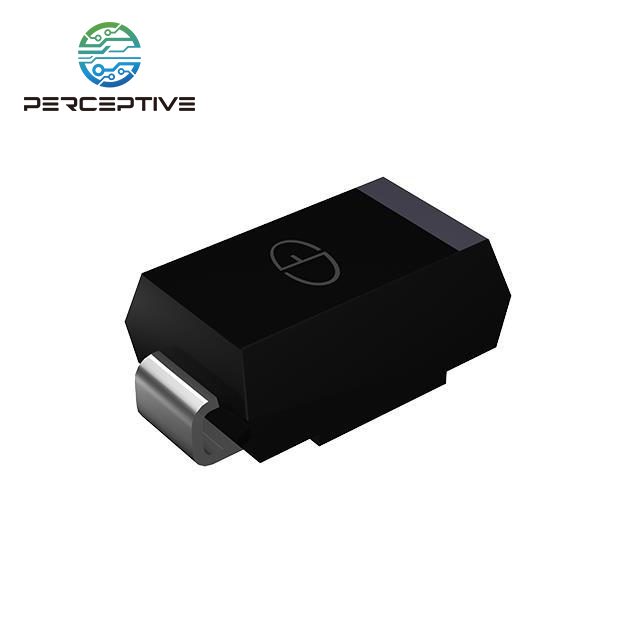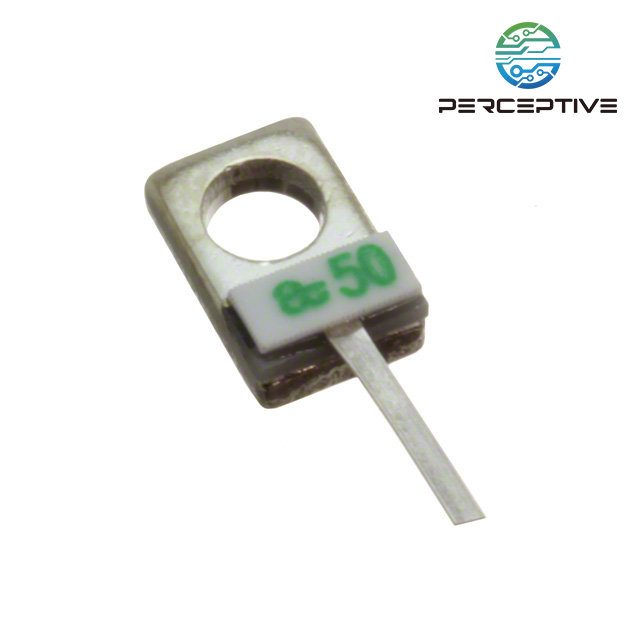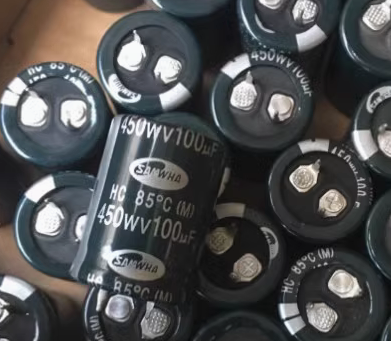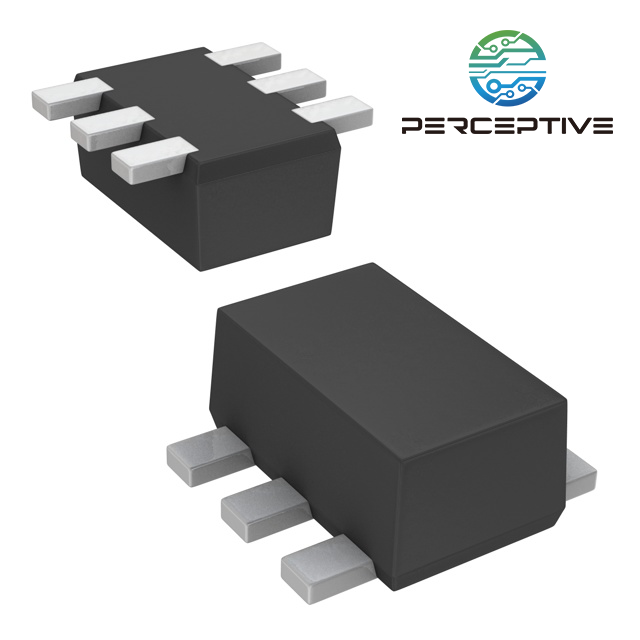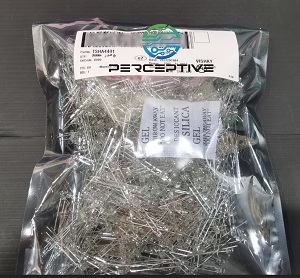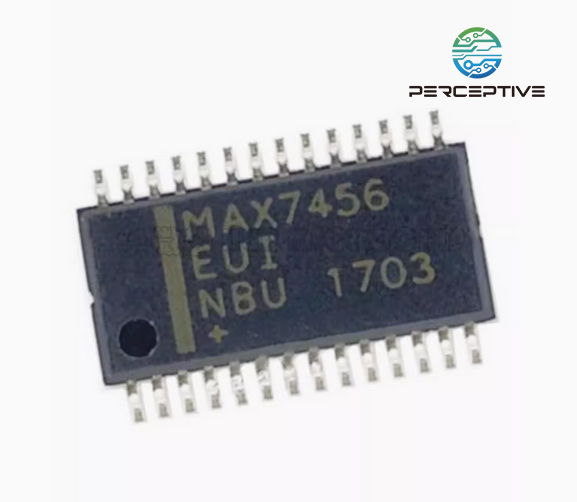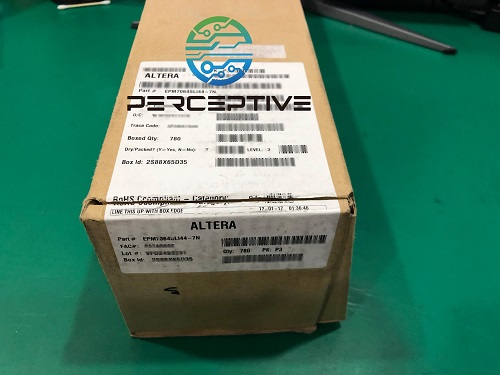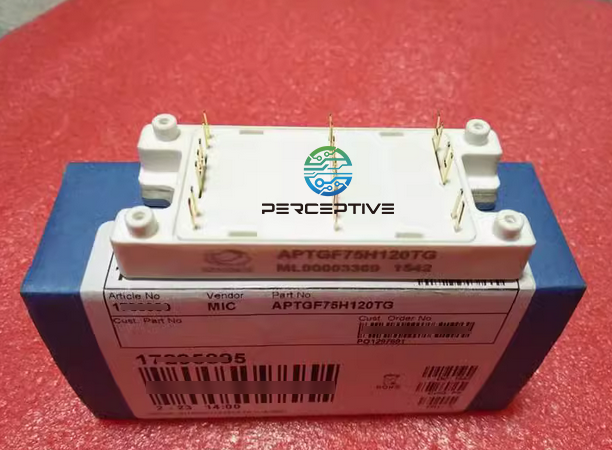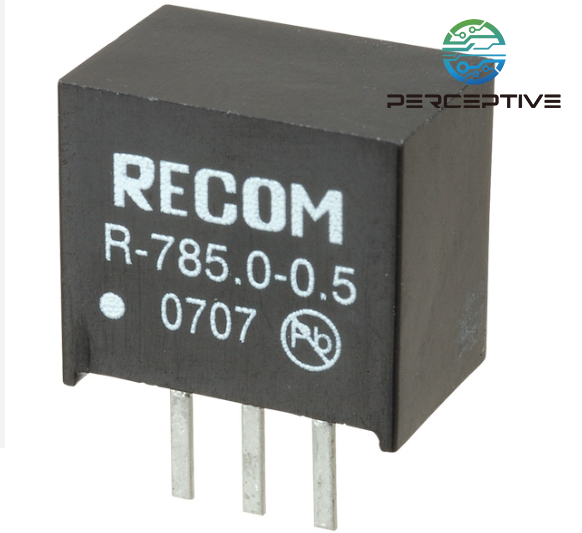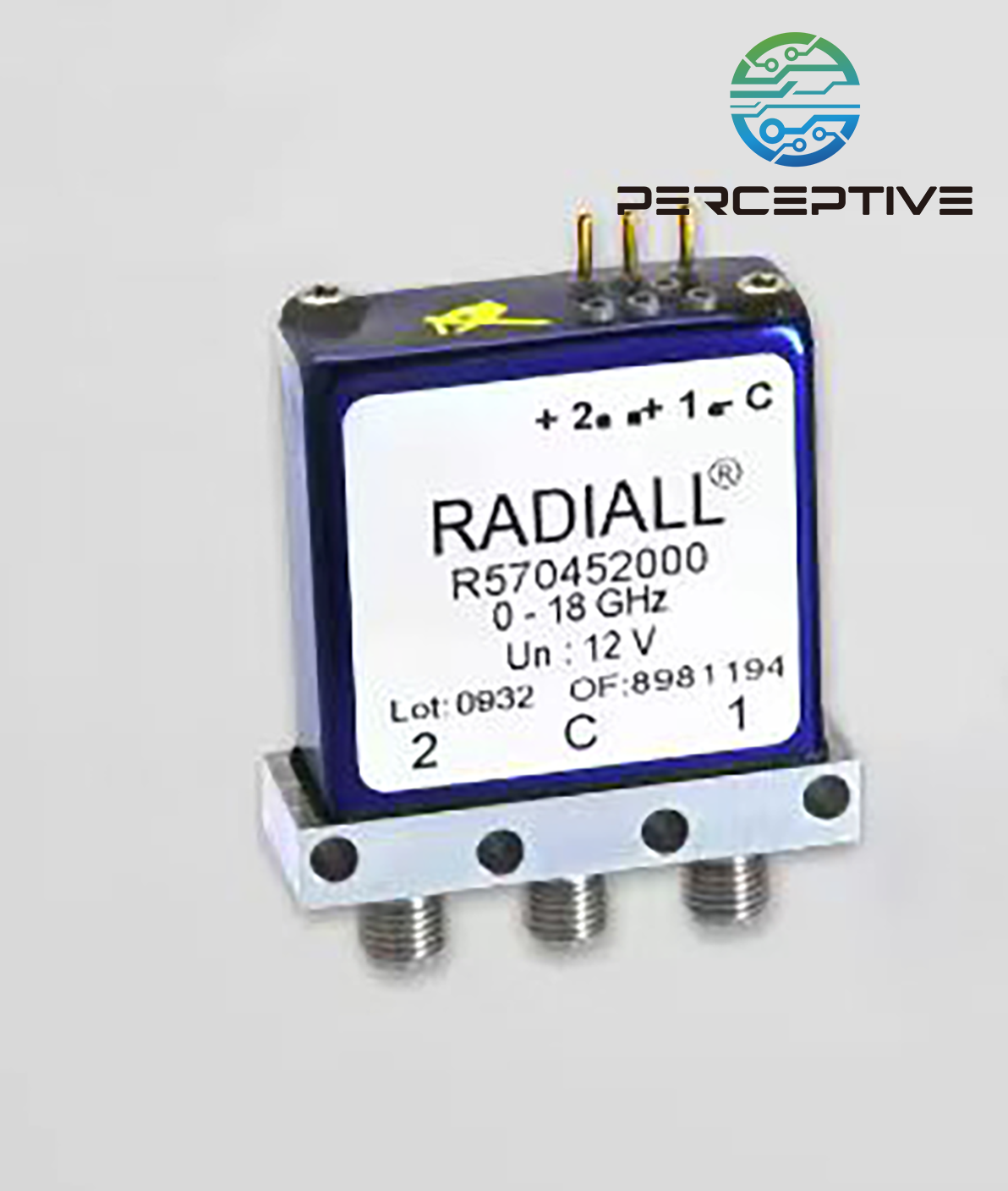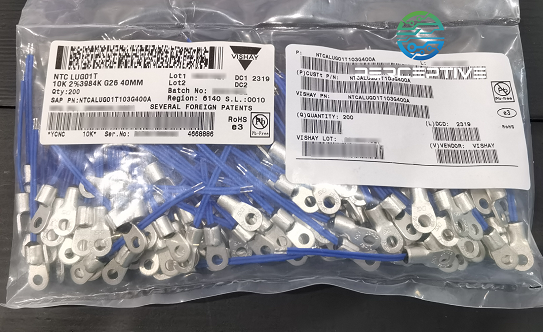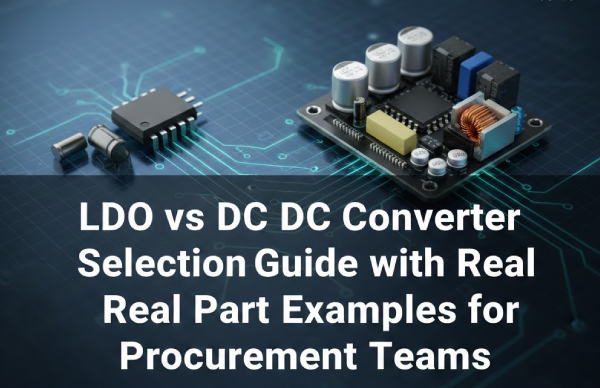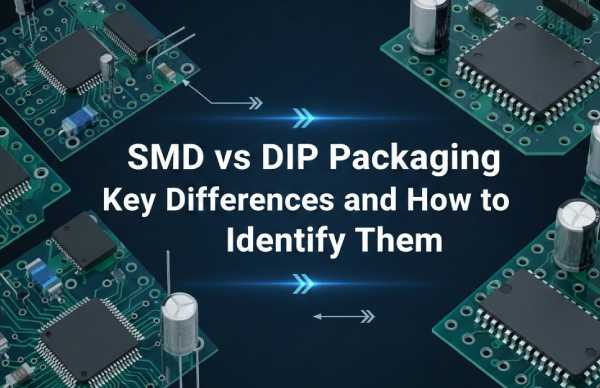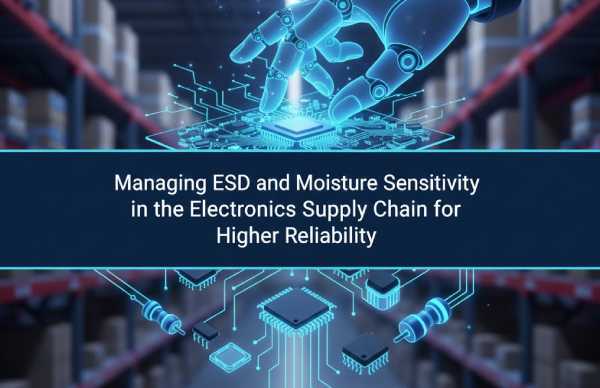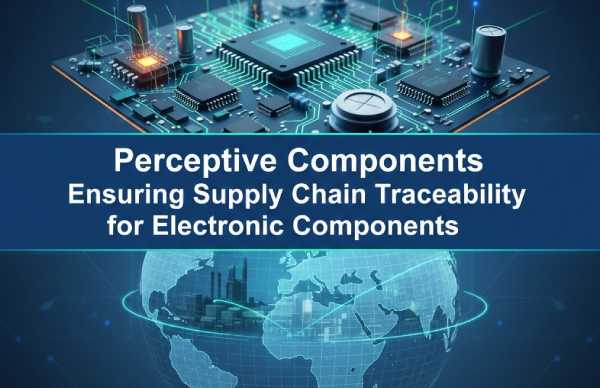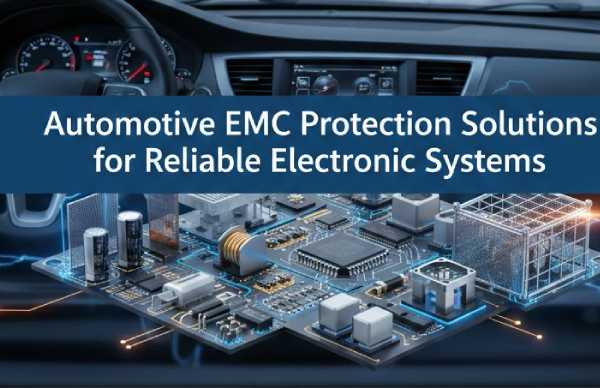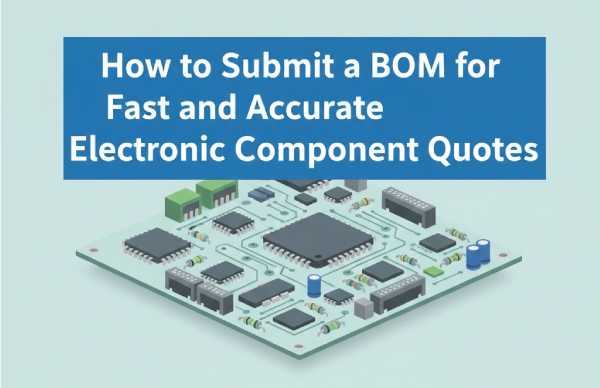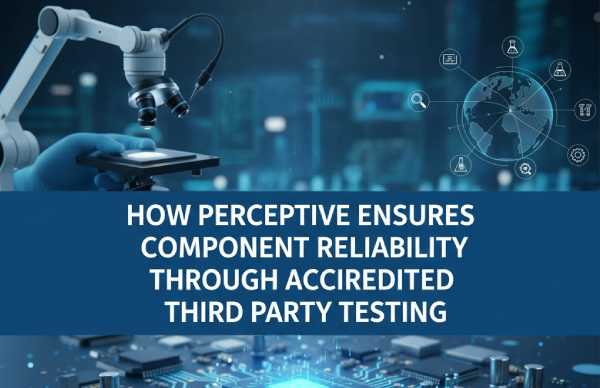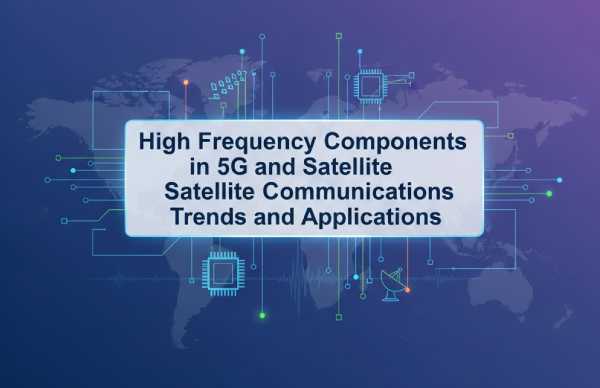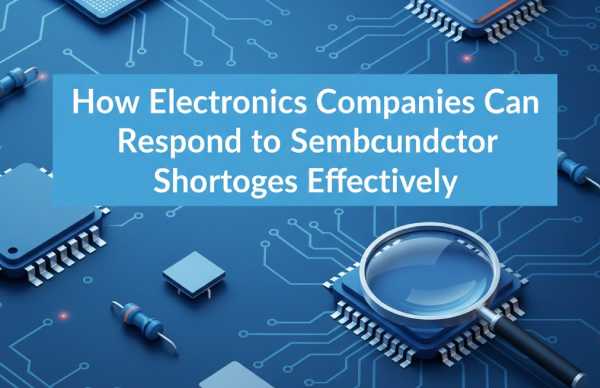The electric vehicle (EV) charging industry is growing rapidly. As consumers, industries and governments demand greener, more sustainable transportation, EV charging infrastructure must become more efficient and accessible.
Unlike DC chargers, AC chargers do not use stacked power modules and are therefore more compact and less costly. Their single power module architecture limits their use in public charging stations, as they are unable to deliver the required amount of power in a reasonable timeframe. Instead, their 22kW charging speed is better suited to domestic scenarios where charging times are longer. Another reason for their popularity is that some AC chargers only require a standard outlet. AC chargers utilize an electric vehicle's on-board charging unit to convert AC power to DC power.
Stacked power modules in DC chargers can speed up charging to over 360kW. Stacked power modules shorten the total charging time, but increase the size of the charger, making it more suitable for public charging stations rather than residential homes. A DC charger converts AC power to DC power inside the charger, so the charger can be connected directly to the battery.
Regardless of the charger type, a high-accuracy metering solution is important to ensure reliable energy measurement and calculation for system monitoring and billing.
Electric Vehicle Charger Metering
AC and DC chargers require metering to ensure efficient use of energy and to monitor the amount of power used for vehicle charging. EV charging metering falls into three categories:
AC Metering. AC metering measures the energy going into and out of the grid. There is a growing trend to integrate conventional metering devices into AC chargers to enable direct connection to the grid.
DC Power Module Current Detection. Although metering is usually separate from the power module, sometimes additional high-precision current monitoring may be required. When used between power modules of a DC charger, an isolated amplifier monitors the operation of the modules.
DC Metering. DC chargers can have several types of architectures because of their stackable power modules that can increase or decrease the power rating of the charging unit.
As shown in Figure 1, DC chargers sometimes have a final metering point (known as DC metering) at the output to measure the voltage entering the vehicle, ensuring that the consumer does not have to pay for the power dissipated between the DC charger and the on-board charging outlet.

Figure 1: Metering and current detection within an AC/DC charger
Sensors for Metering
Designers use a variety of sensors to meter AC and DC chargers, with current transformers and shunt resistors being more commonly used. While there are many different approaches to power measurement and energy calculation, the discrete architecture provides designers with greater flexibility and control over metering. A discrete solution pairs a high-precision analog-to-digital converter (ADC) with an external microcontroller to measure current and voltage from the three phases of a current transformer or shunt transducer, known as a multiphase metering architecture. the ADC must be highly accurate, meeting stringent standards such as the American National Standards Institute (ANSI) Class C12 Level 0.5 or Level 0.2 meter. High signal-to-noise ratio, low noise, and small gain error are also factors in determining whether a particular ADC is suitable for a metering application.
If you decide to use a current transformer as a sensor, the meter needs a high-accuracy, multi-channel precision ADC. 24-bit ADCs with integrated phase delay can help you exceed ANSI C12 metrology standards. Ideal for DC electric vehicle chargers with tighter specifications for out-of-phase voltage error and drift. For any of the ADCs in this design, you may need to use a shield to protect the meter from magnetic interference. This is critical to ensure that the meter accurately detects the energy used by the user.
The shunt sensor metering architecture has the same accuracy requirements as a current transformer, but requires phase-to-phase isolation and data isolation. Shunt sensors are inherently anti-magnetic, so shielding is not required, resulting in lower design costs and smaller form factors. The 24-bit isolated ADC integrates data and power isolation and has radiated emission performance that exceeds International Radio Interference Special Committee 11 and 25 standards. With a high signal-to-noise ratio and low gain error, the ADC provides highly accurate measurements while maintaining 7,070VPEAK enhanced isolation and 5,000VRMS isolation in one minute.
Table 1 lists high-accuracy ADC recommendations for different metrology architectures.
| Sensors | AC Metering | DC Metering |
| Current Transformers | ADS131M08 | ADS131B04-Q1 or ADS131M08 |
Shunt | AMC131M03 | - |
Table 1: Recommended high-precision ADCs for different AC and DC metering sensors
As the demands on AC and DC chargers increase, having a highly accurate metering solution becomes even more important. High-accuracy ADCs enable accurate energy calculations and give you the flexibility you need to build an environmentally friendly transportation infrastructure.
If you like this article, click into perceptive-ic.com to see more.


